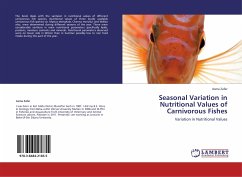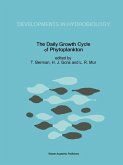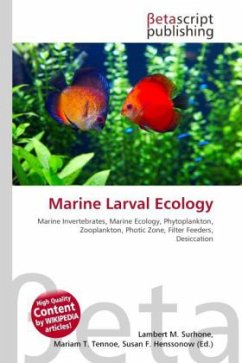High Quality Content by WIKIPEDIA articles! Predatory dinoflagellates are predatory heterotrophic or mixotrophic alveolate protists that derive some or most of their nutrients from digesting other organisms. About one half of dinoflagellates lack photosynthetic pigments and specialize in consuming other eukaryotic cells, and even photosynthetic forms are often predatory. Organisms that derive their nutrition in this manner include Oxyrrhis marina, which feeds phagocytically on phytoplankton, Polykrikos kofoidii, which feeds on several species of red-tide and/or toxic dinoflagellates, Ceratium furca, which is primarily photosynthetic but also capable of ingesting other protists such as ciliates, Cochlodinium polykrikoides, which feeds on phytoplankton, Gambierdiscus toxicus, which feeds on algae and produces a toxin that causes ciguatera fish poisoning when ingested, and Pfiesteria and related species such as Luciella masanensis, which feed on diverse prey including fish skin and human blood cells. Predatory dinoflagellates can kill their prey by releasing toxins or phagocytize small prey directly.
Bitte wählen Sie Ihr Anliegen aus.
Rechnungen
Retourenschein anfordern
Bestellstatus
Storno








